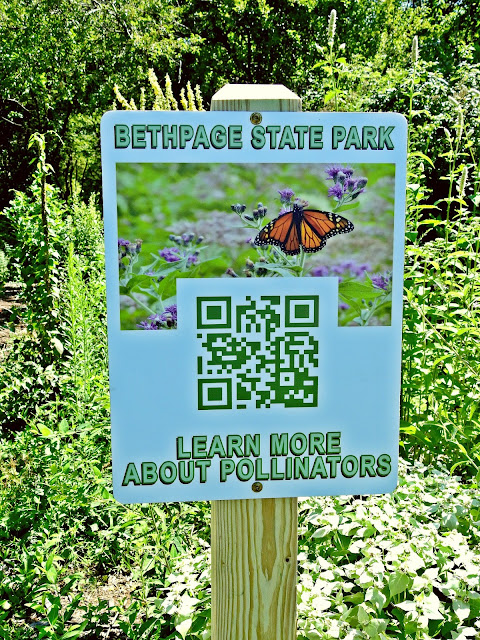November 18th: Raptor Show at Bethpage State Park
This weekend girl scouts and parents gathered at Bethpage State Park's Carlyle on the Green, eager to watch a raptor show put on by Volunteers for Wildlife.
Volunteers for Wildlife is a local organization dedicated to rehabilitating Long Island's fauna and teaching the public about these efforts. Leading the show, was part-time volunteer, educator and Bethpage State Park employee Jim Jones. Jim personally monitors the red-tailed hawks and great horned owl nests we have here at our park. With his wealth of knowledge and experience we could not think of a better person to educate the scouts on local birds of prey!
While in the past many of these girls attended our other eco-educational programs, this was their first time viewing a live bird show and learning about apex predators. This made it a highly anticipated and important event for all those in attendance. With that being said, we are very proud to thank John Sieb of All Pro Horticulture, for graciously sponsoring such a wonderful show.
 |
| Andrew Wilson, Bethpage State Park's Director of Agronomy, welcoming everyone to the show and introducing the Volunteers for Wildlife staff. |
Taylor (raptor in the right photo) is a red-tailed hawk. He was taken to the Volunteers for Wildlife facility after being found chained to a park picnic table. The abuse he suffered from, prior to being rescued, made him unfit to be re-released in the wild but thankfully he is in good hands now. In addition to learning both of Amelia and Taylor's backstories, the scouts also learned a new word: diurnal! Amelia (left photo) and Taylor are both diurnal hunters, which means they feed during the day.
It was clear that the girl scouts were quite amazed with the last star of the show Marcus, a great horned owl. A while back Marcus was rescued when he was found cut up by fishing line. Sadly as a result, he suffered from post traumatic stress disorder which made it impossible for him to hunt by himself. While the rehabilitation center continues to kindly cares for him, he is definitely a show favorite and a good example of the type of predatory birds we have here at our park.
We knew that the girl scouts would be the perfect audience for this event, having shown us in the past that they are dedicated to local ecology and becoming more environmentally conscious. We concluded the show with a PowerPoint presentation on how to build great horned owl nesting cones... hoping the scouts would come back to build some for our park's owl residents this upcoming season. Building nests for great horned owls is a great way to provide a sustainable habitat for them, as they themselves are not nest builders; instead, they utilize artificial nests or nests made by other birds in the wild. This was an event that we were proud to host and we are thankful to everyone who participated to make it happen. If you would like to learn more about Volunteers for Wildlife and their endeavors please visit their web page at http://www.volunteersforwildlife.org |











Comments
Post a Comment